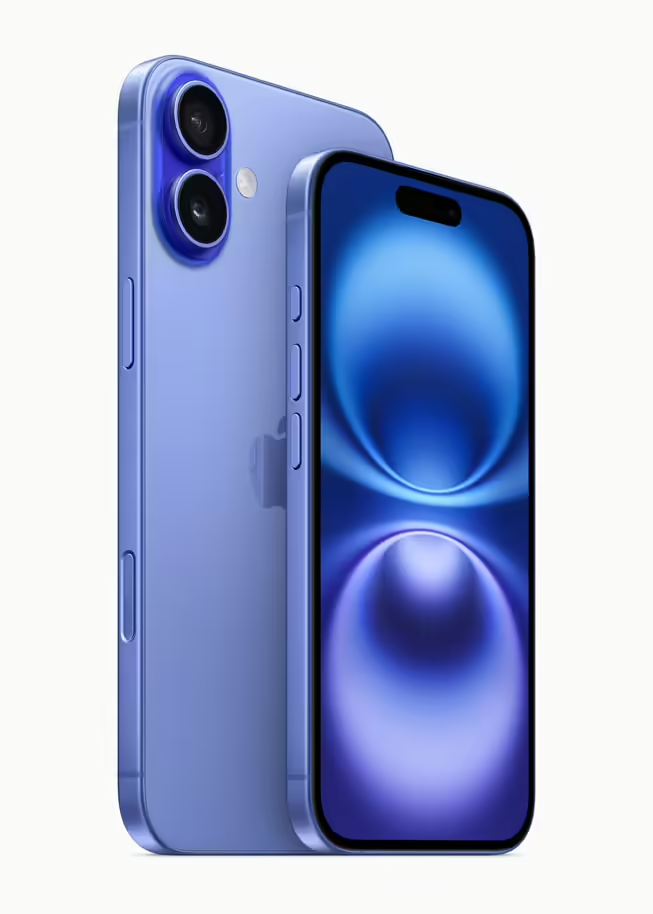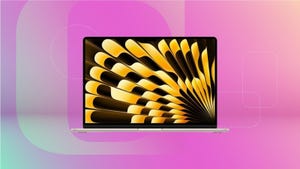
At the “It’s Glowtime” event today, Apple unveiled several new products, with the focus being on the launch of the iPhone 16 series, including the iPhone 16, iPhone 16 Plus, iPhone 16 Pro, and iPhone 16 Pro Max. I can’t say that I have ever been excited about anything any company does because money isn’t something that I have much of to part with and I am not a fanboy. Apple being Apple, it could have been launching a pile of dirt and the press would have trekked to Cupertino to see the show and write live blogs about it.
Even Mark Gurman, Apple’s familiar at Bloomberg, had warned his readers not to get to excited about this launch. But, let’s stay positive. The new iPhone 16 Pro has a 6.

3-inch screen, while the Pro Max boasts a 6.9-inch display, both featuring the thinnest borders on any Apple product. The company claims these are the best displays ever on an iPhone.
Both Pro models are made of titanium, which is lighter and more scratch-resistant than previous materials. They come in four finishes: white, black, natural, and desert. That’s right, desert, as in sand, as in dirt, but the nice sun-bleached kind you can find on a holiday to Dubai.
The new phones have a 48-megapixel fusion camera, a 48-megapixel ultra-wide camera, and a 5x telephoto camera for better zoom photos. Apple also introduced video capture at 4K and 120 frames per second. All of these superficial upgrades may be enough to get consumers running for an upgrade, but it is hard to tell.
The iPhone 16 Pro Max promises the best battery life yet, although specific details were not provided. Both models run on the new A18 Pro chip, designed for generative AI workloads, with faster performance and more efficient system memory. The Pro models feature four studio-quality microphones and a new Audio Mix feature that separates background noise from speech for clearer recordings.
Apple also announced upgrades to other product lines, including a new, more affordable AirPods version and updates to Apple Watches. However, the iPhone remained the centerpiece of the event, as it drives a large portion of Apple’s revenue. The improved camera, display, and integration of AI in the new models have generated most of the excitement among commentatros.
Critics argue the changes are incremental rather than revolutionary. Many trot out the argument that Apple has not introduced any groundbreaking innovation since the era of Steve Jobs, focusing more on refining existing technology. Some analysts see the iPhone 16 launch as part of a sell the news pattern, with shares of Apple often dropping on the day of the iPhone announcement but rebounding in the following months.
Critics and fans alike all seem to agree that Apple will continue to print money but that it will be boring money. This is something that people say when they get fed up of paying for products that they know they don’t really need, and are pretty much the same as the ones that they have had for years, but they feel obligated to maintain Apple’s stock price because they are afraid the economy might collapse. Something like that.
Apple may have realized that it probably needs to be conscious of being too successful and the iPhone 16 starts at $799 and the iPhone 16 Plus at $899. The more advanced models, iPhone 16 Pro and iPhone 16 Pro Max, are priced at $999 and $1,199, respectively. All these prices show only modest increases compared to previous models when adjusted for inflation.
Whew. As for the display industry? It feels like treading water for Apple’s suppliers. It’s boring money.
.













